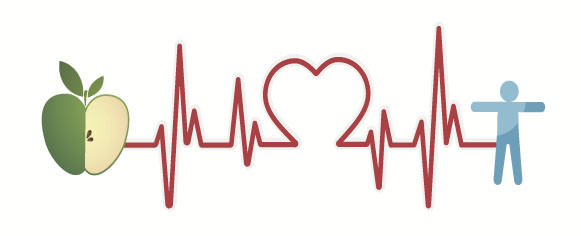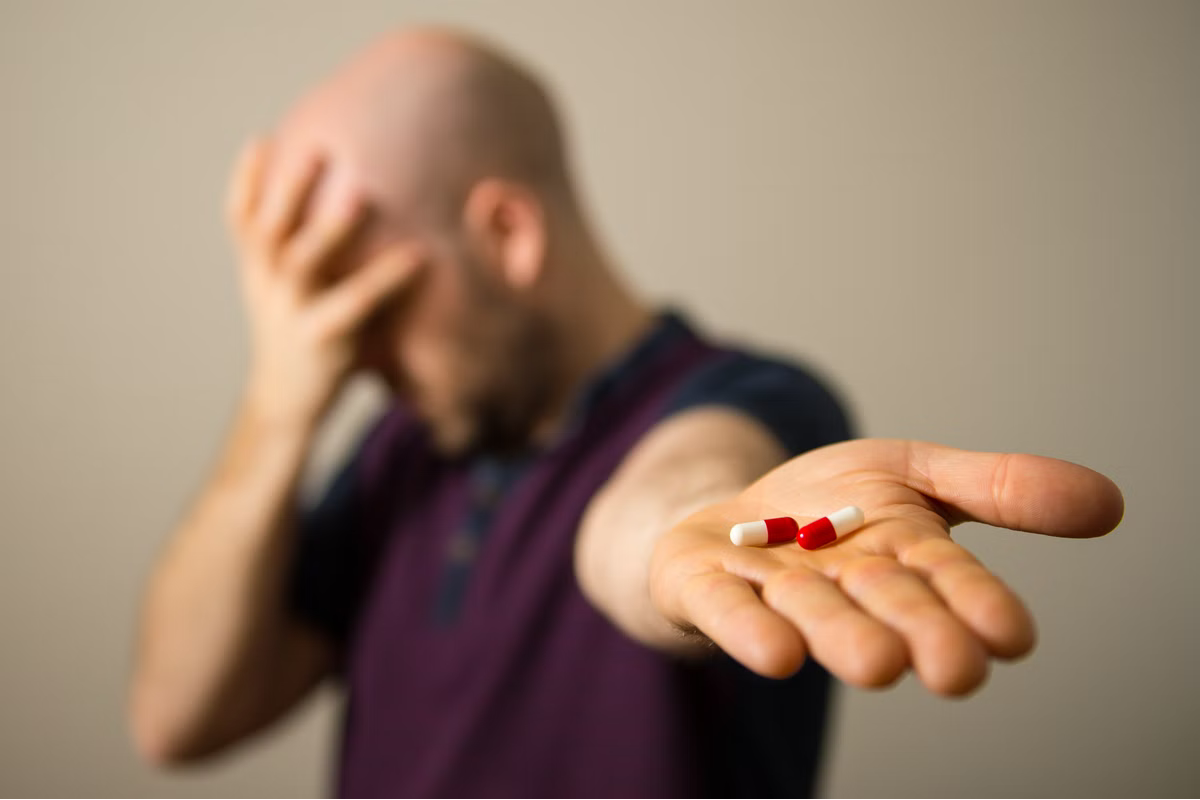Gastroscopy, GASTROSCOPY Procedure, GASTROSCOPY benefits, GASTROSCOPY risks, GASTROSCOPY results, Upper endoscopy, Cancer detection, Biopsy
Gastroscopy- Procedure, Risks and Results
Gastroscopy- also known as upper endoscopy- involves using a thin flexible tube (endoscope) to examine the upper digestive tract. Read on to learn why it is done, what are the risks and benefits as well as what the results mean.

What is a gastroscopy?
Gastroscopy- also known as upper endoscopy- involves using a thin flexible tube (endoscope) to examine the upper digestive tract.
The tube is inserted into the mouth and travels down the food pipe (oesophagus), then into the stomach and first part of the small intestine (duodenum), to view these areas.
The endoscope contains a light and video camera that transmits images to a monitor, where they can be seen by a doctor.
Gastroscopy is usually done to investigate symptoms such as indigestion, nausea, or difficulty swallowing. It can show if there is inflammation, an ulcer or a polyp or other growth.
Sometimes gastroscopy is performed to treat conditions, such as bleeding ulcers, or to widen a narrow oesophagus (known as dilatation), or to remove a foreign body. Doctors can take tissue samples (biopsies) of anything unusual they see, and can remove polyps.
Why is gastroscopy done?
A gastroscopy can be done to check what’s causing your digestive symptoms, treat some conditions or check for cancer.
The cause of your digestive symptoms
A gastroscopy can be done to check what’s causing your digestive symptoms, such as:
- Difficulties swallowing or pain when swallowing (dysphagia)
- Indigestion, heartburn or stomach pain that does not go away or keeps coming, even if you take medicine
- You keep feeling sick (nausea) or being sick (vomiting), or both
- Vomiting blood
- Your poop is black and sticky, like tar (there may be blood in it from your stomach)
Treating problems
A gastroscopy can sometimes also be used to treat problems with your digestive system. A gastroscopy can help:
- Widen your food pipe (oesophagus) if it’s too narrow and causing pain or difficulties when you swallow
- Stop bleeding inside your stomach or oesophagus
- Remove growths
- With feeding if you’re unable to eat normally (a gastroscopy can help doctors place a feeding tube into your stomach)
Checking for cancer
A gastroscopy can be used to check for some types of cancer, such as:
During a gastroscopy a small sample of tissue can be removed from your stomach or oesophagus for testing. This is called a biopsy.
The biopsy is tested to see if there are any cancer cells in it.
How can you prepare for a gastroscopy?
On the day of the gastroscopy, you’ll need to stop eating at least 6 hours before the test or as directed by your doctor.
You may be able to have small sips of water. Your healthcare provider will give you more details about eating and drinking on the day.
You’ll be offered medicine called sedation to relax you just before a gastroscopy begins. If you choose to have sedation, you’ll need to arrange for someone to collect you after the gastroscopy and take you home.
The medicine can stay in the body for around 24 hours, which makes certain activities unsafe, such as driving. You will need to arrange for someone to stay with you during this time.
You might also need to take the next day off work, depending on the type of work you do.
What happens during a gastroscopy?
When you arrive
You'll speak with a nurse about what's going to happen. They’ll ask some questions about your health and medical history.
You may be offered something to make you more comfortable and make the test easier, such as:
- Local anaesthetic spray – to numb the back of your mouth and inside of your throat
- Sedation – medicine given through a small tube in your arm to help you relax
Giving consent
A nurse or specialist will explain possible risks.
In rare cases, people may:
- Have a reaction to the sedation
- Have some bleeding afterwards
- Have an infection after the procedure
You'll be asked to sign a consent form. This is to confirm you understand the risks and agree to have the procedure.
It's important to remember these things are rare. If anything happens, the team will take care of you.
The procedure
It should take 15 to 45 minutes to have your gastroscopy.
But you might be at the hospital for around 4 hours from the time you get there until you go home.
What happens during a gastroscopy and how you may feel during each stage
What happens
- A thin, flexible tube with a small camera inside goes into your mouth and down your throat into your stomach
- Air is pumped in to inflate your stomach
- A sample of cells may be taken
What it might feel like
- You feel like you want to be sick. This should stop once the tube reaches your stomach. Sedation can help prevent this
- You may feel bloated and might burp a few times
- You will not feel anything if this happens
After a gastroscopy
After the gastroscopy is finished you will be moved to a recovery room.
You should be able to go home as soon as you feel well enough to. For most people, this will be within a few hours.
If you have sedation, you’ll need someone to take you home and stay with you for 24 hours.
You should also avoid doing any of the following for 24 hours after sedation:
- Drinking alcohol
- Driving
- Operating machinery
- Signing important documents
If you have a local anaesthetic spray you should wait an hour before eating or drinking.
You may have some stomach and throat pain after a gastroscopy. This is normal and should pass in a few hours.
Contact your doctor if you have any of these symptoms after a gastroscopy:
- A high temperature, or you feel hot or shivery
- Poop that’s dark or black, like tar
- Shortness of breath
- You keep being sick
Visit your doctor immediately if:
- You are vomiting blood
- You have severe stomach or chest pain, or stomach or chest pain that gets worse
Is gastroscopy safe?
Gastroscopy is a safe procedure and serious complications are rare.
Complications can occasionally happen when the gastroscopy involves a surgical procedure such as the removal of polyps or a biopsy. Bleeding may occur if a blood vessel is accidentally damaged, or the lining of the digestive tract is torn. Such damage may need further surgery to repair.
Contact your doctor or the hospital straight away if you have any symptoms that worry you after the gastroscopy, such as:
What do the results mean?
The results of an upper endoscopy are provided to the patient based on the reason for conducting the diagnostic process. If the doctor was assessing the presence of ulcers or situations of GERD, then the results will be made available the same day of the test and the medical expert recommends suitable treatment for the patient.
However, if any abnormal growths in the oesophagus, stomach or duodenum are detected in the gastroscopy, then the doctor may even collect a biopsy i.e. tissue sample from the gut and send them to the laboratory for further detailed analyses. In such instances, the results of the gastroscopy are available only after a week or two, wherein the patient schedules a consultation with the doctor, who details the proper mode of treatment for the same, depending on whether the growths are non-cancerous or cancerous.





































































































